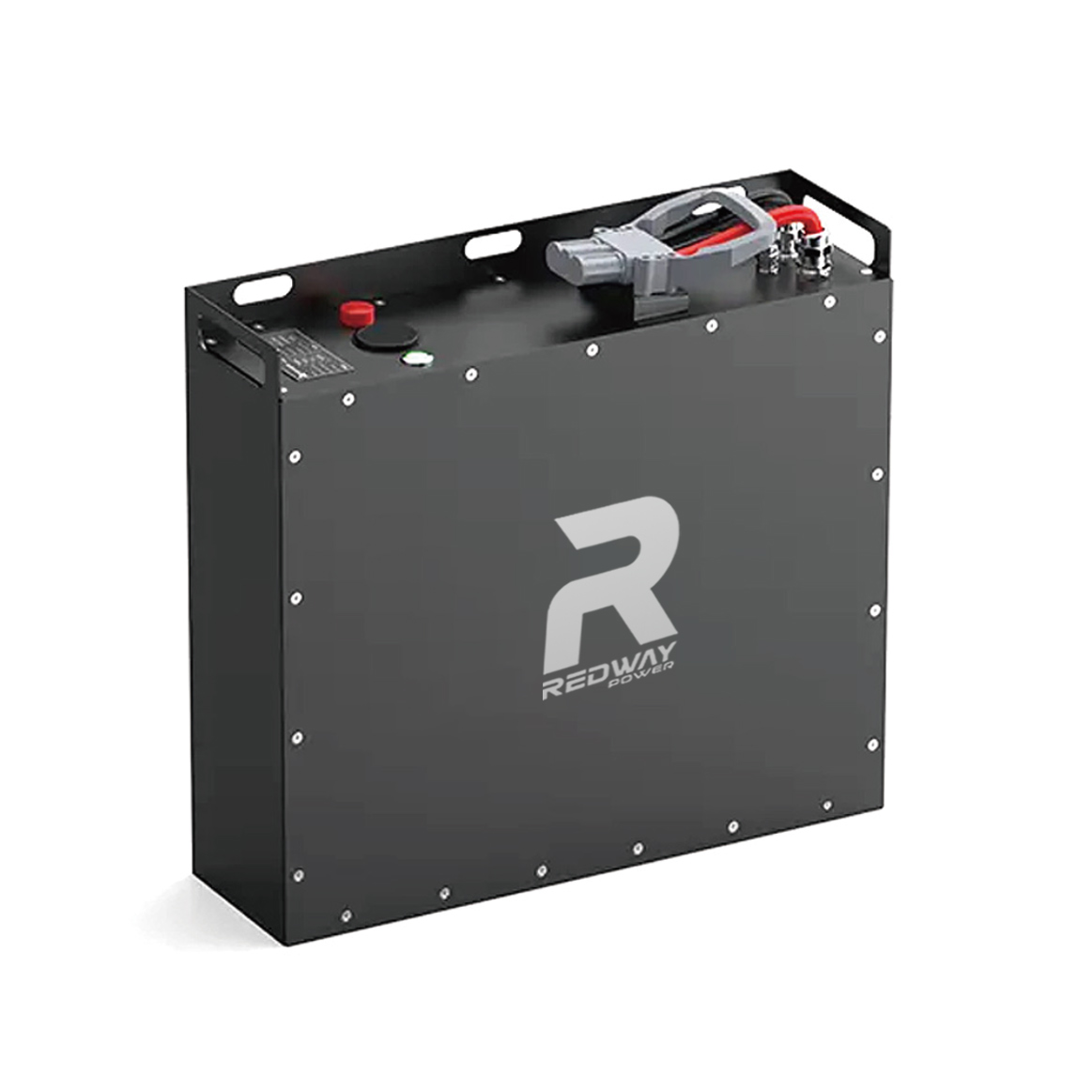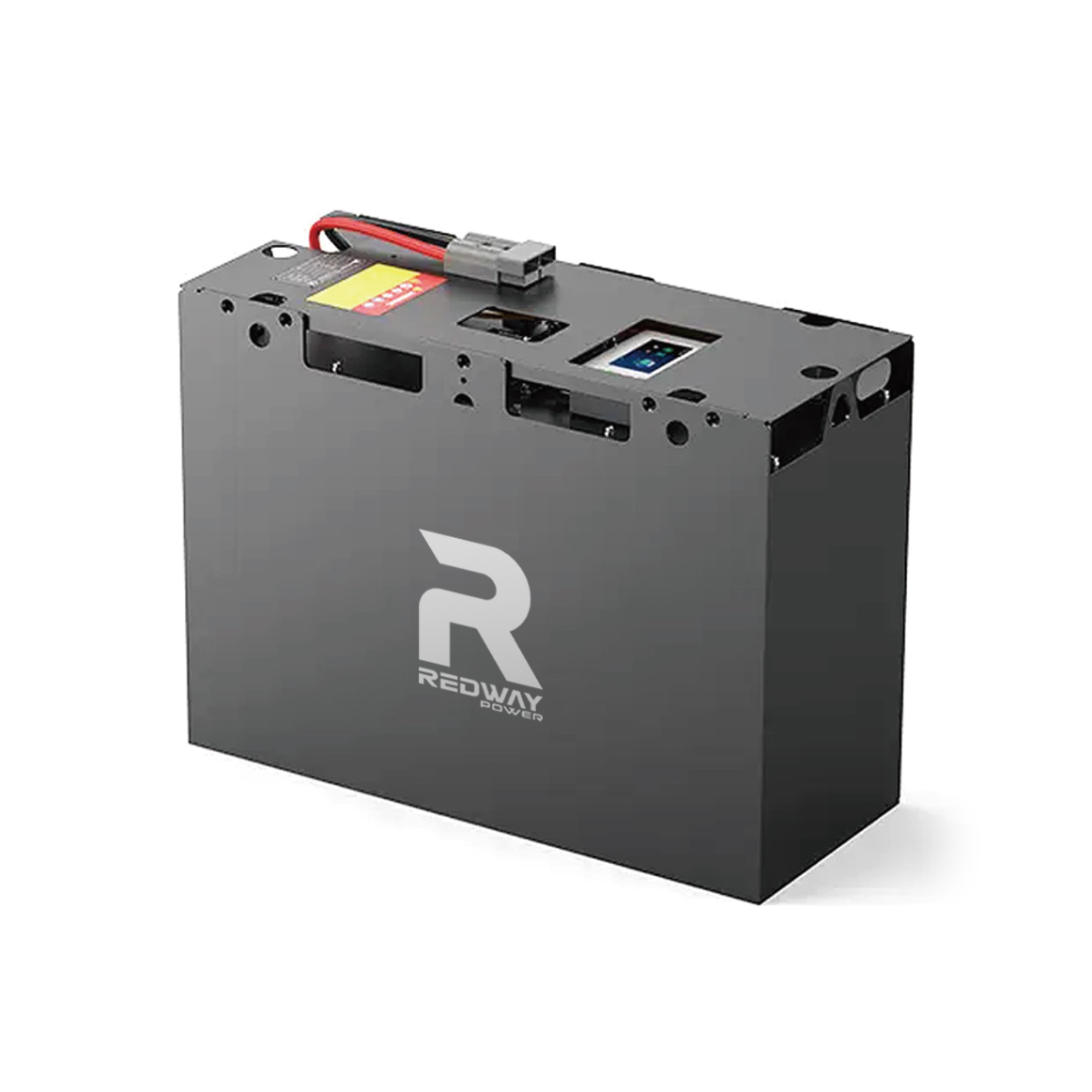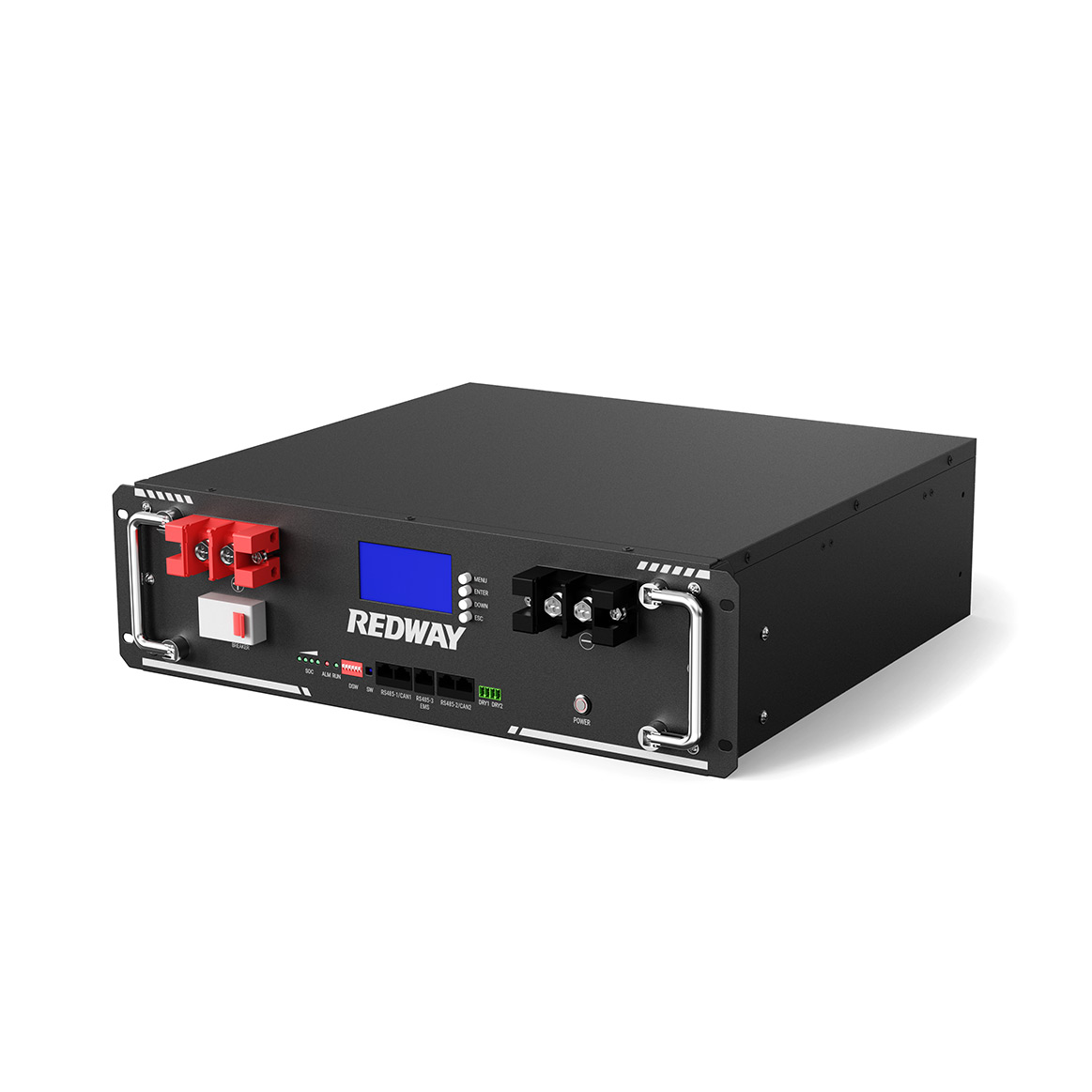Deep Cycle LiFePO4 Batteries Manufacturer
Looking for a business partner from whom you can buy deep cycle lithium batteries at wholesale price? We got you covered. Learn more about how we can work together.
Redway Lithium ion Battery Factory has been diligently striving to unlock the mysteries of transforming deep cycle LiFePO4 Batteries into a profitable venture. Discover the inner workings of LiFePO4 Batteries, explore their advantages, various categories, extensive product line, exceptional craftsmanship, and a plethora of other fascinating details by simply clicking the button below!
We are a Lithium Battery OEM Factory
Redway is dedicated to the domains of 12V, 24V, 36V, 48V, 60V, 72V, 80V, 96V, 100V Deep Cycle Lithium Iron Phosphate Batteries, RV lithium battery, Marine battery, Rack-mounted lithium battery, Golf cart lithium battery and Forklift lithium batteries. Their ultimate goal is to fulfill the diverse energy needs of customers by providing comprehensive energy service solutions. These solutions encompass a range of offerings, including lithium-ion battery energy storage products, smart hardware solutions, energy investment, and operational services, among others.
Don’t you find what you are looking for?
Just tell us your detailed requirements. The best offer will be provided.
Blog
What Are the Benefits of 6 Volt Trojan Batteries in Oman for B2B Buyers?
December 8, 2025
No Comments
The 6 volt Trojan batteries are known for durability, deep-cycle performance, and strong reliability in Oman’s industrial and commercial sectors. They support long operating hours,
What are the prices and options for electric golf carts in Kuwait from China manufacturers?
December 8, 2025
No Comments
Electric golf carts supplied to Kuwait generally cost between $3,500 and $7,000 depending on configuration, battery type, and customization. Chinese manufacturers provide competitive solutions, especially
Where to Buy RoyPow Batteries in Qatar?
December 8, 2025
No Comments
Reliable lithium battery sourcing in Qatar is best achieved through trusted China OEM manufacturers offering LiFePO4 solutions for forklifts, golf carts, and industrial equipment. Redway








